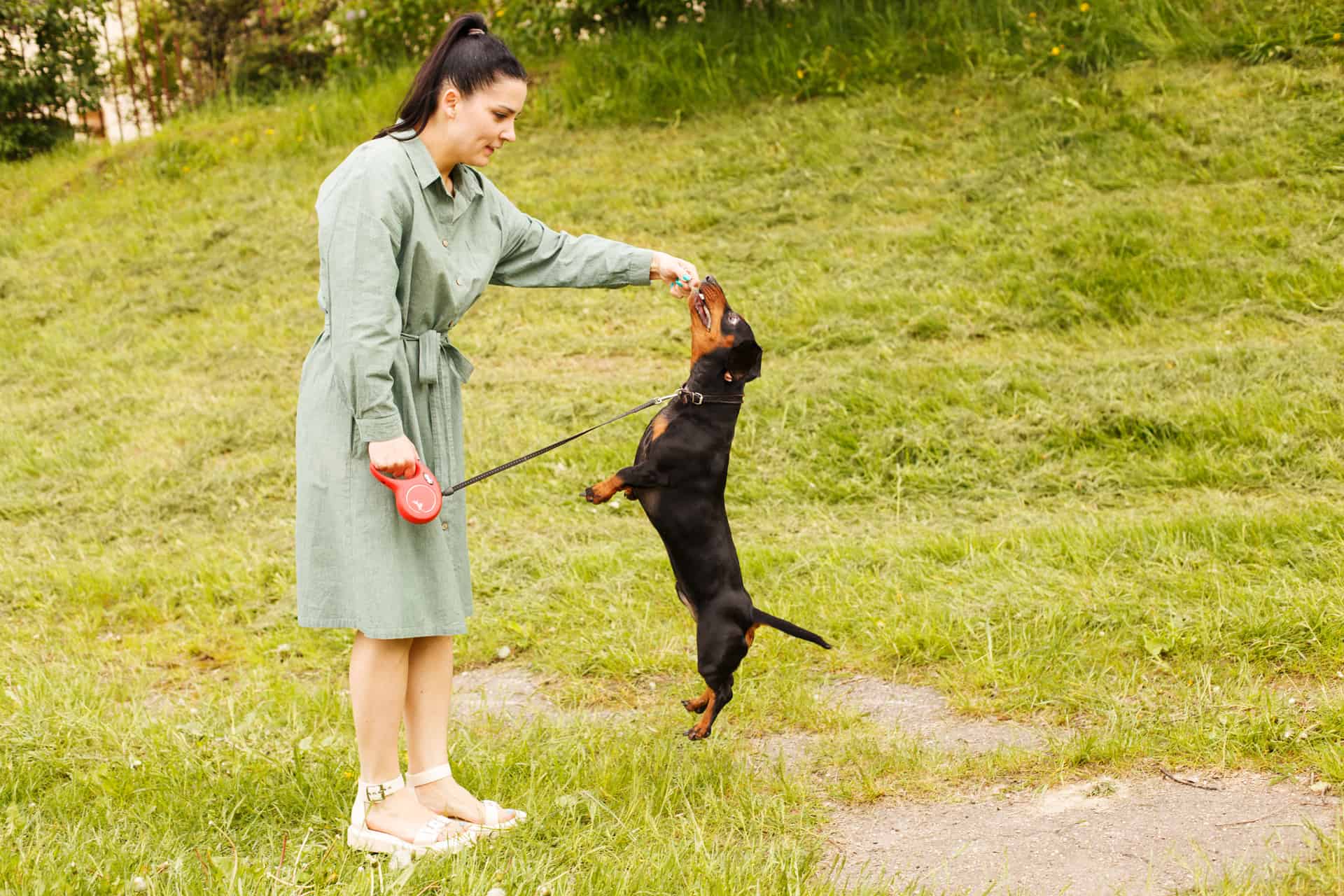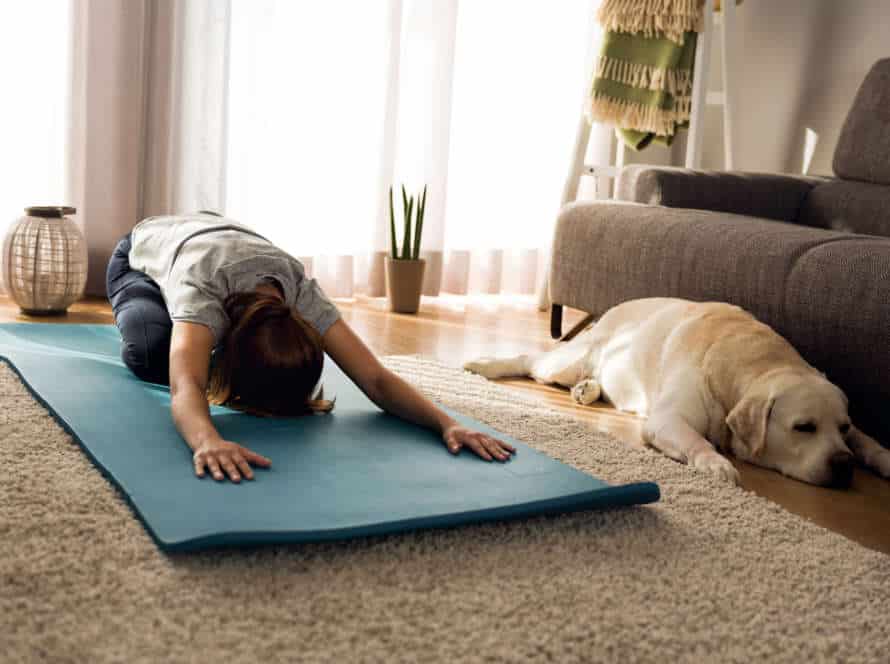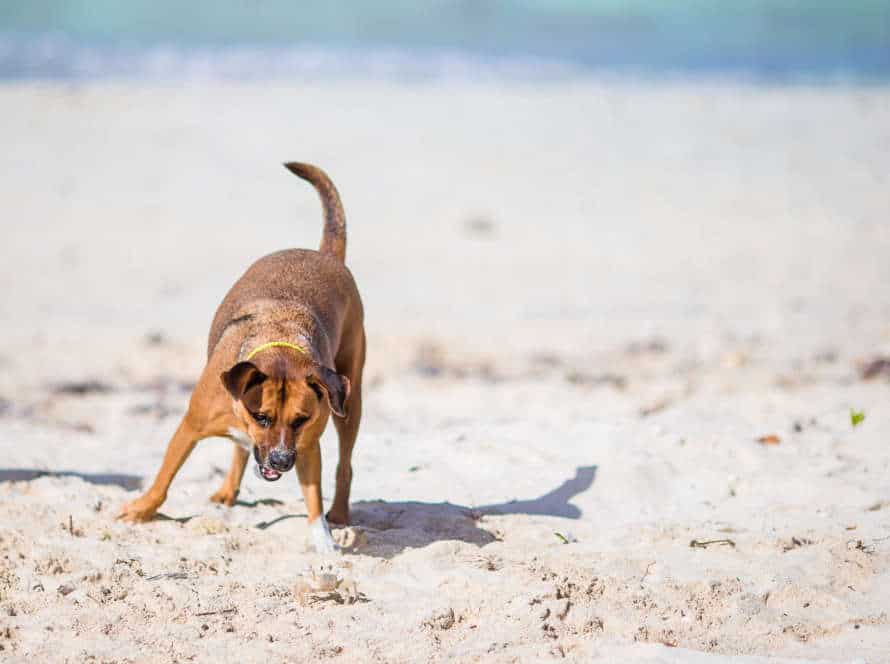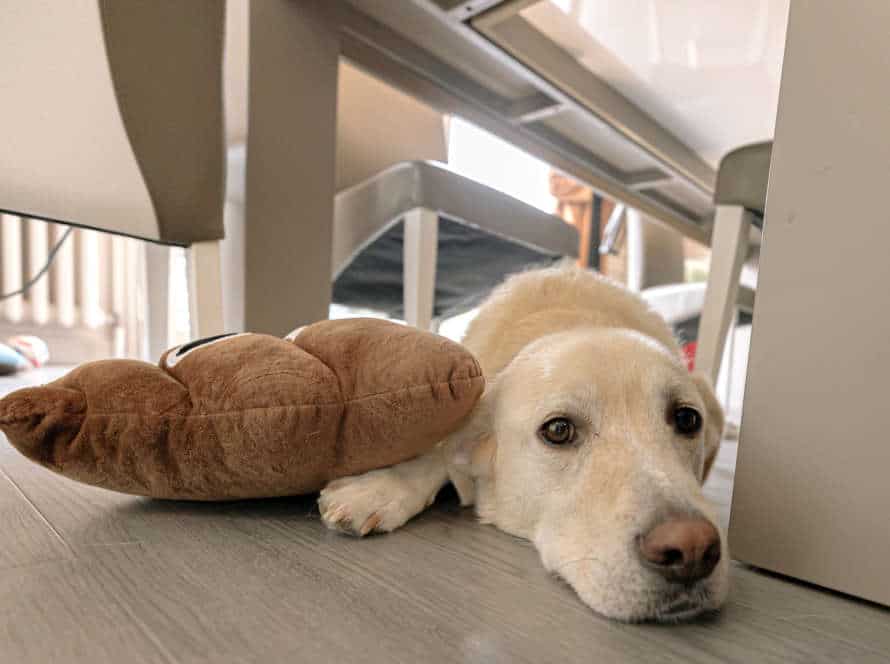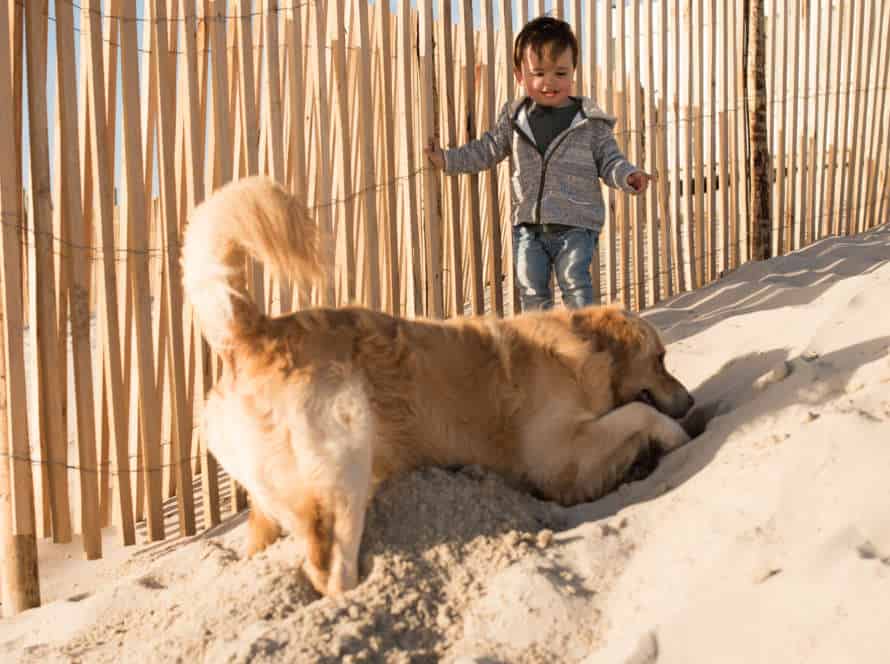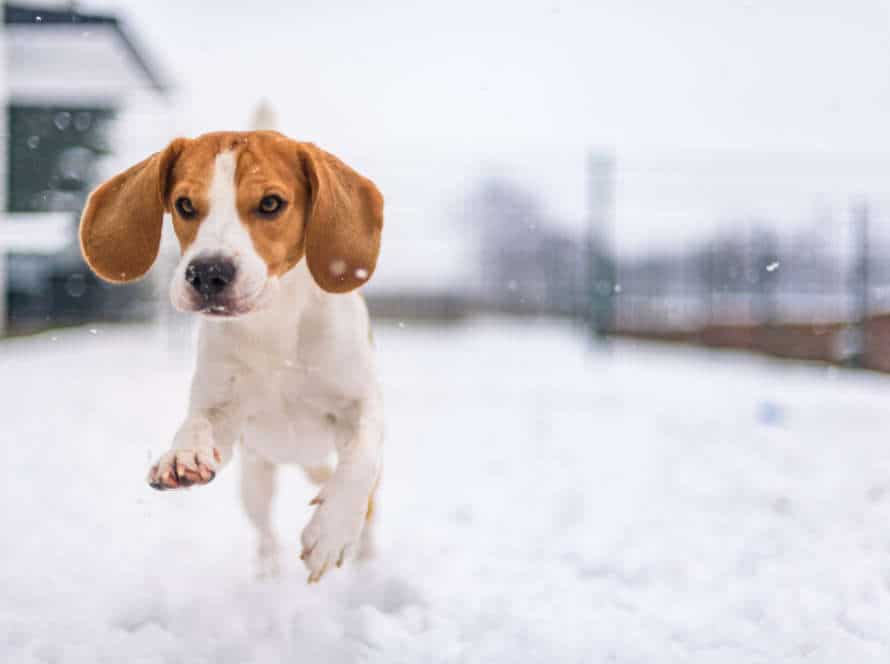How to Recognize Fear-Based Jumping
I apologize for the error. Can you please provide me with the correct heading or more information so I can assist you better?
Understanding Fear-Based Jumping
Fear-based jumping is a common problem in horses. It happens when they don’t understand how to manage the startle response. We must recognize the signs of fear-based jumping. We must also understand the causes. This article will tell us about the behaviors connected to fear-based jumping. Plus, it will share how to address them.
Identifying the root cause of the fear
Fear-based jumping is something dogs do a lot. It can come from fear or anxiety. To understand it, we need to know why it’s happening. Here are some steps to help:
- Look at your dog’s body language. Are they tucking their tail, drooling, or avoiding eye contact?
- Think about when it happens. Is it around certain people or objects?
- Remember if your dog had bad experiences before. Could this be causing their fear?
- Talk to a dog behaviorist or trainer to make a plan. It might include things like desensitization or counter-conditioning to help your dog feel better in certain situations.
Recognizing fear-based jumping behavior in horses
Fear-based jumping in horses can be seen through physical and behavioral signs. Signs that your horse might be scared or anxious include:
- Freezing when near the jump
- Swishing their tail or ears back
- Pacing or not staying still
- Shying away from objects, sounds, or movements
- Rushing through the jump or stopping suddenly
If you see any of these signs, it is important to tackle the fear and work with a trainer or behaviorist. Patience, consistency, and positive reinforcement can help your horse feel better. This can help develop a healthier and more enjoyable relationship with jumping.
The negative impact of fear-based jumping on horse and rider
Fear-based jumping can have a detrimental effect on the horse and rider. This can lead to decreased confidence, safety risks, and poorer performance.
Here are some signs of fear-based jumping:
- Refusal or hesitation at jumps which were previously ok.
- Tension in the horse including irregular breathing, arching of the neck, or swishing of the tail.
- Poor communication between horse and rider, such as lack of trust and confidence in each other.
- Too many or too harsh aids like spurs or whips – these can increase the fear response in the horse.
The best way to tackle fear-based jumping is with consistent training, and building a strong bond between horse and rider based on trust and positive reinforcement.
Addressing Fear-Based Jumping
Fear-based jumping can be tricky to address in dogs. It needs an understanding of how to create a positive environment and help a pup overcome their worries. To tackle this issue, it’s key to recognize the behaviors and discover the underlying cause. Here’s a look at how to recognize fear-based jumping and the steps to take to address it.
Desensitization training for the horse
Desensitization training is a must for fear-based jumping in horses. It’s a common problem that can be risky for horse and rider. How can you spot it?
- Horses may reject or be hesitant to jump an obstacle.
- Horses might show signs of unease like sweating, trembling or shying away.
- Horses might rush or run from the jump.
Desensitization training means introducing the horse to the thing that causes their fear in a gradual, controlled way. This helps the horse stay focused and calm.
Begin by showing the horse the object or scenario from a distance. Gradually lower the distance as their self-assurance grows.
Pro Tip: Desensitization training needs time and patience. Give your horse time to adjust and never rush it.
Progressive desensitization through systematic training
To desensitize a dog that jumps out of fear, systematic training is key. Recognizing when this happens is essential. Signs to look out for include: avoiding eye contact, ears down, tail tucked, panting, whining, cowering, or trying to escape.
Follow these steps to implement progressive desensitization:
- Begin with low-intensity triggers, like someone approaching them slowly.
- Reward your pup with treats and praise for staying calm and not jumping.
- Increase the intensity of the trigger exposure, such as a person approaching fast, from different directions, or wearing something different.
- Keep going, gradually upping the intensity of the stimuli, until your dog is no longer scared and no longer jumps.
- Pro tip: Get assistance from a pro dog trainer to create a plan tailored to your pup’s needs.
Positive reinforcement for courage
Positive reinforcement is a great way to boost courage in dogs and put an end to fear-based jumping.
Fear-based jumping is when a dog jumps on people due to fear or distress, which can be hazardous for the pup and the person.
If you want to detect fear-based jumping in dogs, keep an eye out for symptoms of uneasiness or terror, like trembling, panting, or attempting to hide. Observe the conditions in which your pup exhibits this behaviour to spot triggers or stressors. Moreover, look out for body language like flattened ears, tucked tail, or evading eye contact.
To address fear-based jumping, try using positive reinforcement such as giving treats or compliments when the dog shows tranquil behaviour or sits instead of jumping. Furthermore, abstain from disciplining fear-based jumping behaviour or reinforcing it with attention.
Rider-Awareness Training to Avoid Fear-Based Jumping
Riders must be aware of their horse’s movements. Fear-based jumping is an issue that needs to be recognized and addressed. It is a hazardous situation, so riders should learn how to identify it and how to help the horse move past it. Let’s look at what fear-based jumping looks like and how to avoid it.
Building confidence and trust in the horse
Confidence and trust between a horse and its rider are key for both of their safety. Fear-based jumping is common, showing a lack of trust and confidence.
To prevent fear-based jumping, rider-awareness training is important. Remember:
- Pay attention to your body language. It has an influence on the horse’s behavior.
- Practice relaxation techniques to stay calm and focused.
- Strengthen trust with regular training and activities.
- Have the necessary equipment for your safety and the horse’s comfort.
Recognizing fear-based jumping helps riders build trust and confidence. This makes it safer and more enjoyable for both rider and horse.
Enhancing rider balance and security
Rider-Awareness Training can be used to improve balance and security while jumping. This is known as Fear-Based Jumping. It happens when fear or anxiety cause a rider to lose balance and control. Signs of this include:
- Leaning forward and gripping the horse’s neck or saddle.
- Tensing up and losing seat and balance.
- Unstable leg position.
To avoid this, riders should focus on their breathing, maintain an upright position, not over-jump, and practice exercises like two-point position and stirrup-less riding. With consistent training, riders can ensure a safer, more enjoyable riding experience.
Training for proper communication between horse and rider
A strong connection between a horse and its rider is essential to have an enjoyable and secure ride. Understanding and being able to spot fear-based jumping are important in the relationship between horse and rider. Here are some tips for riders to prevent fear-based jumping:
- Observe your horse’s body language when approaching a jump. Signs of unease or fear could be a rigid body, flared nostrils, or wide eyes.
- Accustom your horse to jumps by using practical drills, such as strolling towards a low-height jump or exposing your horse to different types of jumps.
- Have a transparent and consistent set of commands and signs to communicate with your horse during a jump.
By carrying out these tips, riders can create trust and understanding with their horses, leading to more fun and safer rides.
Frequently Asked Questions
Q: What is fear-based jumping?
A: Fear-based jumping occurs when a horse jumps out of fear, rather than from a desire to complete a task or because of an obstacle in its path.
Q: What are the signs of fear-based jumping?
A: Signs of fear-based jumping include excessive head tossing, reluctance to approach jumps or obstacles, and a tense or skittish demeanor.
Q: What can cause fear-based jumping in horses?
A: Fear-based jumping can be caused by a variety of factors, including a lack of training or confidence, past traumatic experiences, pain or discomfort, or an overly aggressive rider.
Q: How can I prevent fear-based jumping in my horse?
A: To prevent or reduce the likelihood of fear-based jumping in your horse, ensure that it is well-trained, comfortable and confident in its abilities, and ridden with a gentle, steady hand.
Q: Can fear-based jumping be corrected?
A: Yes, fear-based jumping can be corrected through a combination of proper training, positive reinforcement, and addressing any underlying physical or emotional issues.
Q: Can I still compete on a horse that has a history of fear-based jumping?
A: It is ultimately up to the rider to decide whether to compete on a horse with a history of fear-based jumping, but it is important to ensure that the horse’s well-being and safety are always prioritized.

